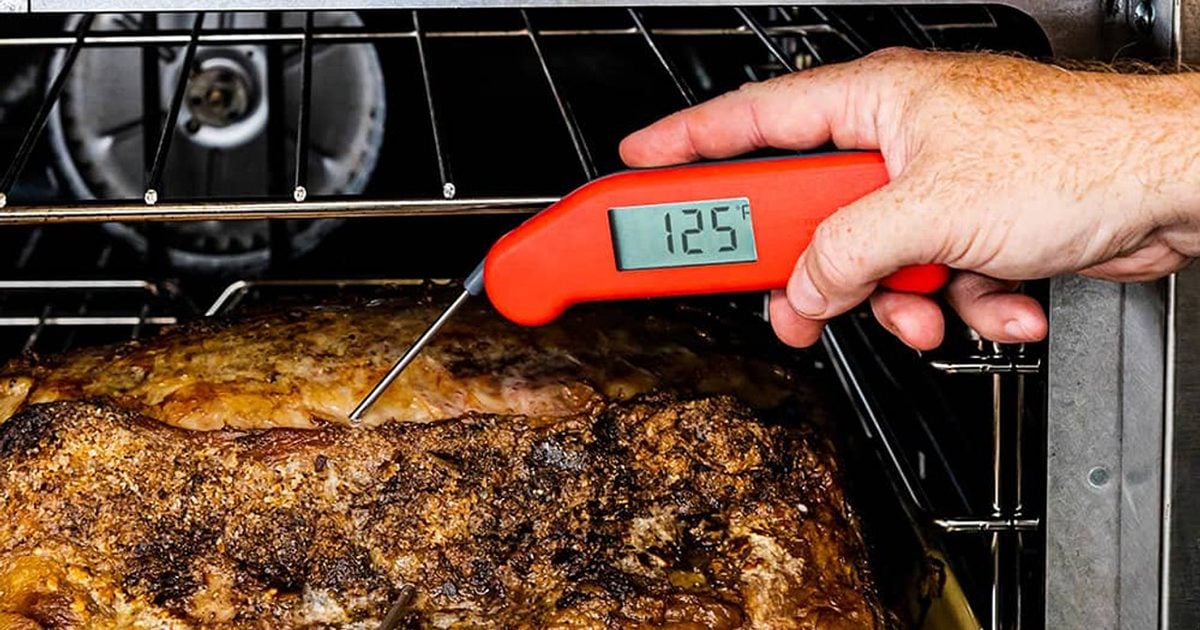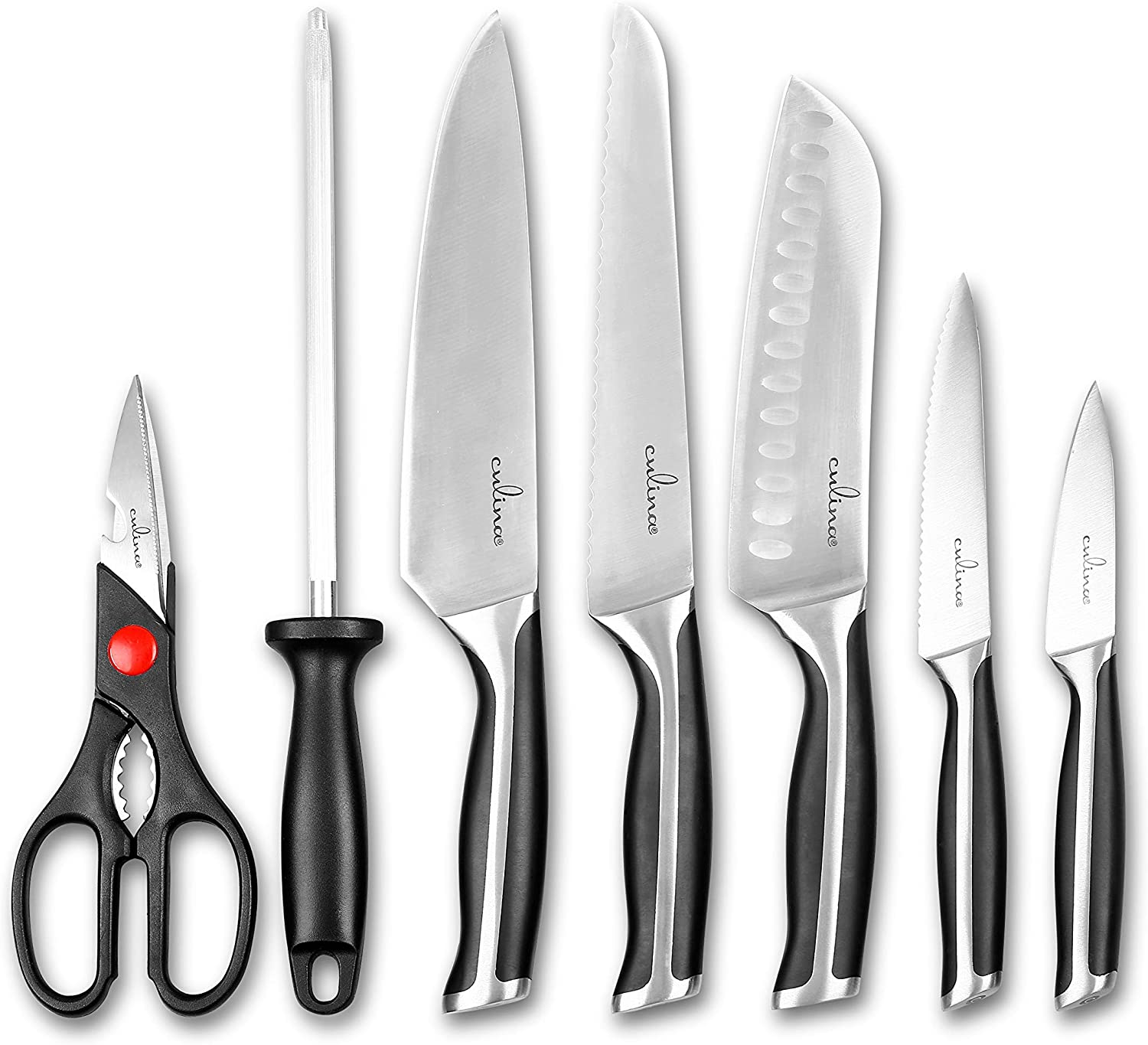If you’re a chicken lover, you know the importance of getting your meat cooked to perfection. Overcooked chicken can be dry, while undercooked chicken can be dangerous. This is where a meat thermometer becomes an indispensable tool in your kitchen. To help you make an informed decision, let’s dive into what to look for in a meat thermometer.

Why a Meat Thermometer is Essential for Chicken Lovers
Chickens are notorious for having uneven thickness, which makes cooking them evenly a challenge. A meat thermometer ensures that your chicken is cooked just right, avoiding dry or undercooked pieces. It’s especially important for those who often enjoy large gatherings or have a penchant for preparing multiple dishes at once. Let’s explore the essential features of a meat thermometer.
Types of Meat Thermometers: Choosing the Right Technology
There are several types of meat thermometers available in the market, each with its own set of advantages and disadvantages. The most common ones are:
- Instant-read Thermometers
- Leave-in Thermometers
- Wireless Thermometers
- Smart Thermometers
Instant-Read Thermometers: Quick and Accurate
Instant-read thermometers are popular because they provide quick results. They are ideal for checking the temperature of chicken at various stages of cooking, ensuring that you get an accurate reading every time.
Leave-in Thermometers: Consistent Monitoring
Leave-in thermometers are designed to stay in the meat throughout the cooking process. This feature is particularly useful when you’re roasting an entire chicken and need consistent monitoring to achieve that golden-brown perfection.
Wireless Thermometers: Convenience and Flexibility
Wireless thermometers offer the advantage of convenience. You can monitor the temperature from a distance, which is perfect for those who like to multitask in the kitchen. These thermometers often come with an app for easy monitoring on your smartphone.
Smart Thermometers: The Future of Cooking
Smart thermometers are the latest addition to the world of cooking technology. They come with smart functionalities like predictive cooking and integration with digital assistants. This makes them a terrific choice for those who love to stay updated with the latest kitchen gadgets.
Accuracy and Precision: Non-Negotiable Qualities
The primary purpose of a meat thermometer is to provide accurate readings. Look for thermometers with a high degree of accuracy, typically within 1 to 2 degrees Fahrenheit. Accuracy ensures that your chicken is cooked safely and to your liking.
Probe Length and Material: Essential Specifications
The length and material of the probe are crucial factors to consider. A longer probe is useful for larger cuts of meat, while the material should be durable and heat-resistant. Stainless steel probes are generally recommended for their durability and safety.
Display Features: Clarity and Readability
A clear and easy-to-read display is essential. Look for thermometers with backlit displays, large numbers, and possibly multiple display units (Fahrenheit and Celsius). This makes it easier to get a quick read of your chickens internal temperature.
Durability and Build Quality: Long-Term Investment
Invest in a thermometer that is built to last. Check for water resistance, as this can be a significant factor, especially when dealing with chicken juices. A well-built thermometer will serve you well for years, making it a cost-effective investment in your kitchen.
Safety Features: Avoiding Common Pitfalls
Safety should always be a priority. Look for thermometers with safety features such as auto-shutoff and alerts for high temperatures. These features not only prolong the life of your gadget but also ensure safe cooking practices.

Additional Features to Consider: Going the Extra Mile
Beyond the essential features, there are additional functionalities that can enhance your cooking experience:
Pre-programmed Settings: Simplifying the Process
Some thermometers come with pre-programmed settings for different types of meat, including chicken. These settings take the guesswork out of cooking, allowing you to focus on other aspects of your meal preparation.
Timer Functions: Multi-task Like a Pro
Timer functions are incredibly useful for busy kitchen environments. A built-in timer helps you keep track of multiple dishes simultaneously, ensuring that your chicken is cooked perfectly along with other dishes.
Connectivity Options: Embracing Modern Technology
Modern meat thermometers often come with Bluetooth or Wi-Fi connectivity, allowing you to monitor the temperature from a distance. This feature is especially useful for those who enjoy the convenience of smart home gadgets.

How to Care for Your Meat Thermometer
Once you’ve invested in a high-quality meat thermometer, it’s important to know how to care for it to ensure longevity.
Regular Cleaning: Maintaining Hygiene
Always clean the probe of your thermometer after each use to prevent cross-contamination. Use warm soapy water and sanitize it with an alcohol solution.
Proper Storage: Prolonging Lifespan
Store your thermometer in a safe place where it won’t get damaged. Some models come with protective cases, which are ideal for storage.
Calibrating Your Thermometer: Ensuring Accuracy
Regularly calibrate your thermometer to maintain its accuracy. Follow the manufacturer’s instructions for calibration, or use the ice water technique for a quick check.
FAQ Section
What temperature should chicken be cooked to?
Chicken should be cooked to an internal temperature of 165F to ensure it’s safe to eat.
Can I use a meat thermometer for other types of meat?
Yes, meat thermometers can be used for beef, pork, lamb, and even fish. Just be sure to use the appropriate temperature for each type.
How often should I calibrate my meat thermometer?
It’s recommended to calibrate your meat thermometer every six months to ensure accurate readings.
For more tips on using a meat thermometer, you can visit this guide. For further insights, check out how to use a meat thermometer effectively.
Also, you may find it helpful to understand seasoning a griddle as well as learning about what to cook on a griddle to enhance your overall cooking experience.
As an Amazon Associate, I earn from qualifying purchases.









